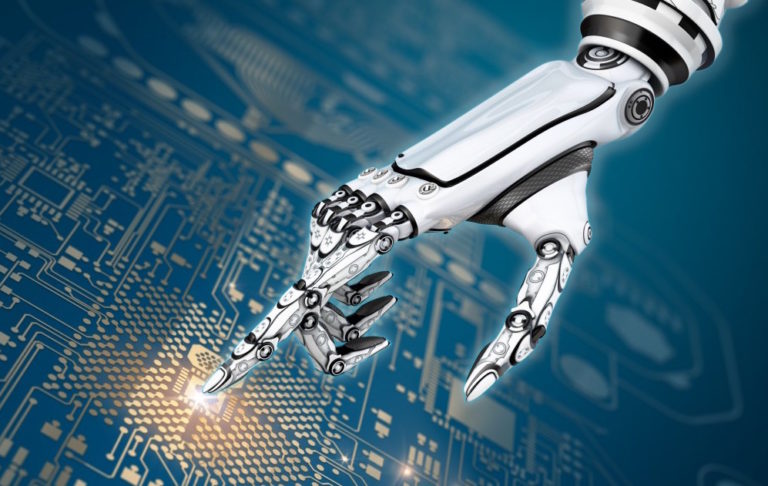
A couple of months ago, during the investigation of the burning down of a supermarket in the FCT, Abuja, CCTV footage was released showing how a little girl had started the fire in one of the sections of the supermarket. The question on everyone’s mind was “if the CCTV footage caught it, was there no one in the monitoring room to have acted immediately?”
Thanks to the advancement of technology and artificial intelligence, the coming years will see the invention of more machines and devices that can take over tasks previously performed by humans. Companies may see the need to trim down their workforce and where possible, have humans work side by side with these machines. Already, we have situations where chatbots automatically take over customer service inquiries. In the medical field, doctors and surgeons are collaborating with robots in carrying out surgical procedures as well? The question now is that in the drive towards automating tasks with artificial intelligence, where do we draw the line?
What tasks should be done by humans and what should be taken over by the smart robots? Are there areas where both would need to collaborate for better flow? Will humans reduce the efficiency of machines? What happens to points of critical decision-making? Can the machines determine when to stop?
Register for Tekedia Mini-MBA edition 19 (Feb 9 – May 2, 2026): big discounts for early bird.
Tekedia AI in Business Masterclass opens registrations.
Join Tekedia Capital Syndicate and co-invest in great global startups.
Register for Tekedia AI Lab: From Technical Design to Deployment (next edition begins Jan 24 2026).
Place of value
There are tasks in the workplace that are so monotonous and mundane that they add no value whatsoever to the staff who has to carry them out. Even though these tasks may be gatekeeper tasks (one that unlocks other tasks to be done), they are on their own of little mental benefit to the staff who has to carry them out. I think these tasks should be the first ones you should consider having a machine take over. Work should be fun, but if you check within your organization, you may find that the staff who has to get these tasks done may find it boring and monotonous.
In every organization, there is that one task that probably unlocks others, but is of so little value that your staff would prefer to avoid it. It may be offloading supplies from the truck into the warehouse. It may also be taking out the trash, moving heavy stuff from one place to the other, and the likes.
Critical response and decisions
There are tasks that require critical decisions to be made in the process, depending on how they turn out. It could be difficult to have these tasks automated unless the decisions for each possible scenario have been clearly spelled out, and do not change on a situation to situation basis. You could have humans work side by side with the smart robots in some cases.
Consider work structure/model
The pandemic has had a lot of businesses adjusting to a remote work model, and in some cases, a hybrid model of both remote and on-site workers. If you decide to adopt automation to your processes or introduce some smart robots, it will largely depend on your model and what you seek to achieve with it. Like with other business decisions, there is no ‘one size fits all structure. It will differ from business to business, and from sector to sector.



